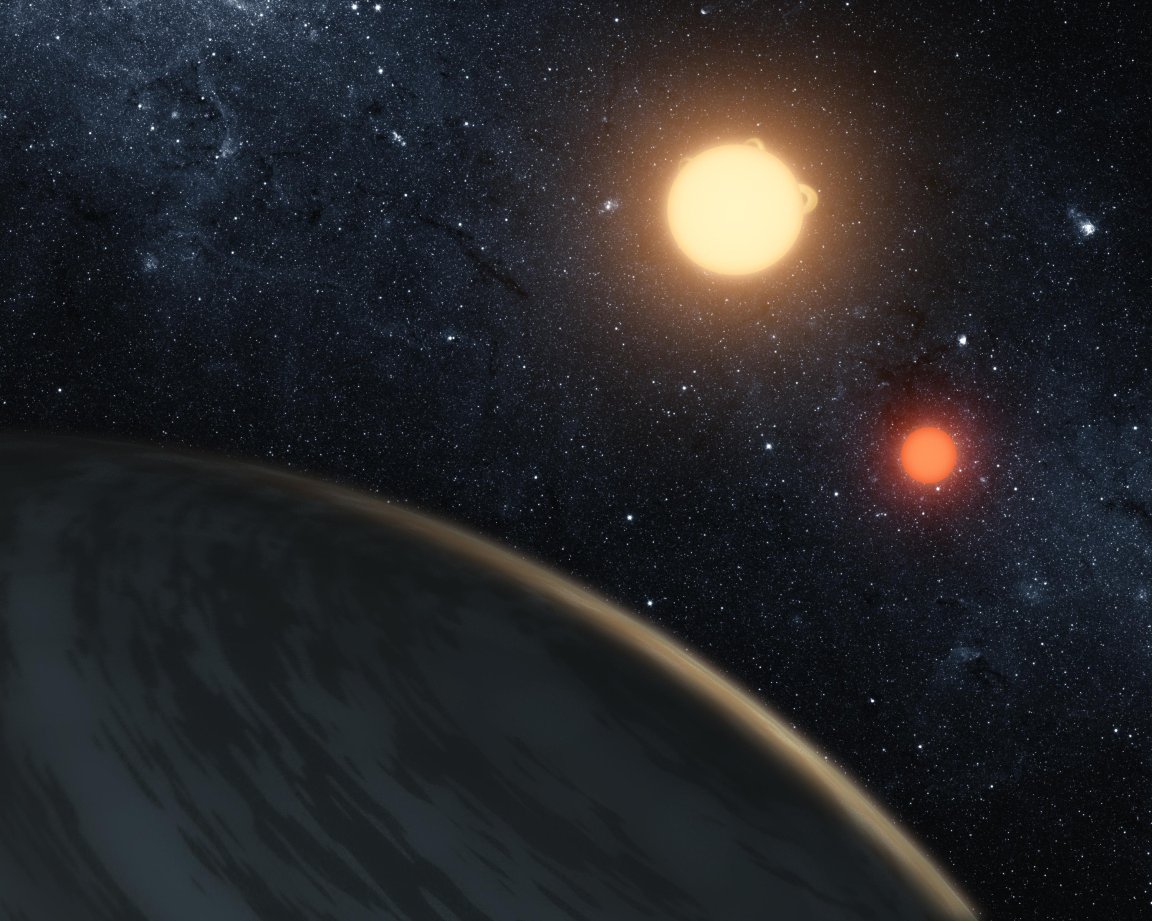
For the first time ever, scientists detected planets outside our galaxy. You read that right. But on reading that — or many of the other breathless headlines on the subject — the mind reels with possibilities. Where are the cool new “extragalactic” planet photos? Are any of them Earth-like? And, inevitably: Do these planets host life?
But, there’s the rub: None of this amounts to all that much, scientifically. It’s kind of obvious, right? Of course there are planets in other galaxies. It’s “cool science,” not an explosive find, as Eduardo Guerras of the University of Oklahoma, co-author of the paper published in The Astrophysical Journal, noted in a press release.

That said, there are things about this discovery that are relatively cool. The technique that made the discovery possible is called “gravitational microlensing,” and uses bent light from distant starts to detect celestial objects. And now you know, it’s also powerful enough to find these extragalactic planets. Scientists have used gravitational microlensing over the past few decades to detect other stars and planets within the Milky Way; this is the first time it’s been used beyond it.
But in the end, it’s not really a game changer for our understanding of the greater universe. The method isn’t powerful enough to help researchers understand any more about these planets beyond detecting their existence. “This galaxy is located 3.8 billion light-years away, and there’s not the slightest chance of observing these planets directly, not even with the best telescope one can imagine in a science fiction scenario,” Guerras noted in the press release. If these planets happen to be gushing waterworlds, or teeming with bacteria (or even intelligent life), we’d still have no way of knowing. Yet.
Researchers are developing new astronomical tools that will allow us to see deeper into space — and, therefore, into the history of our universe — than ever before. The upcoming James Webb telescope, slated to launch in June 2019, will allow astronomers to look back to the origin of galaxies. The telescope may not be refined enough to yield more insight into these extragalactic planets, but it’s a step in the right direction. Future technological breakthroughs will surely inch us closer to legitimately groundbreaking discoveries. Until then: extragalactic planets are cool. You know what’s really cool? Knowing what’s, like, actually on them.